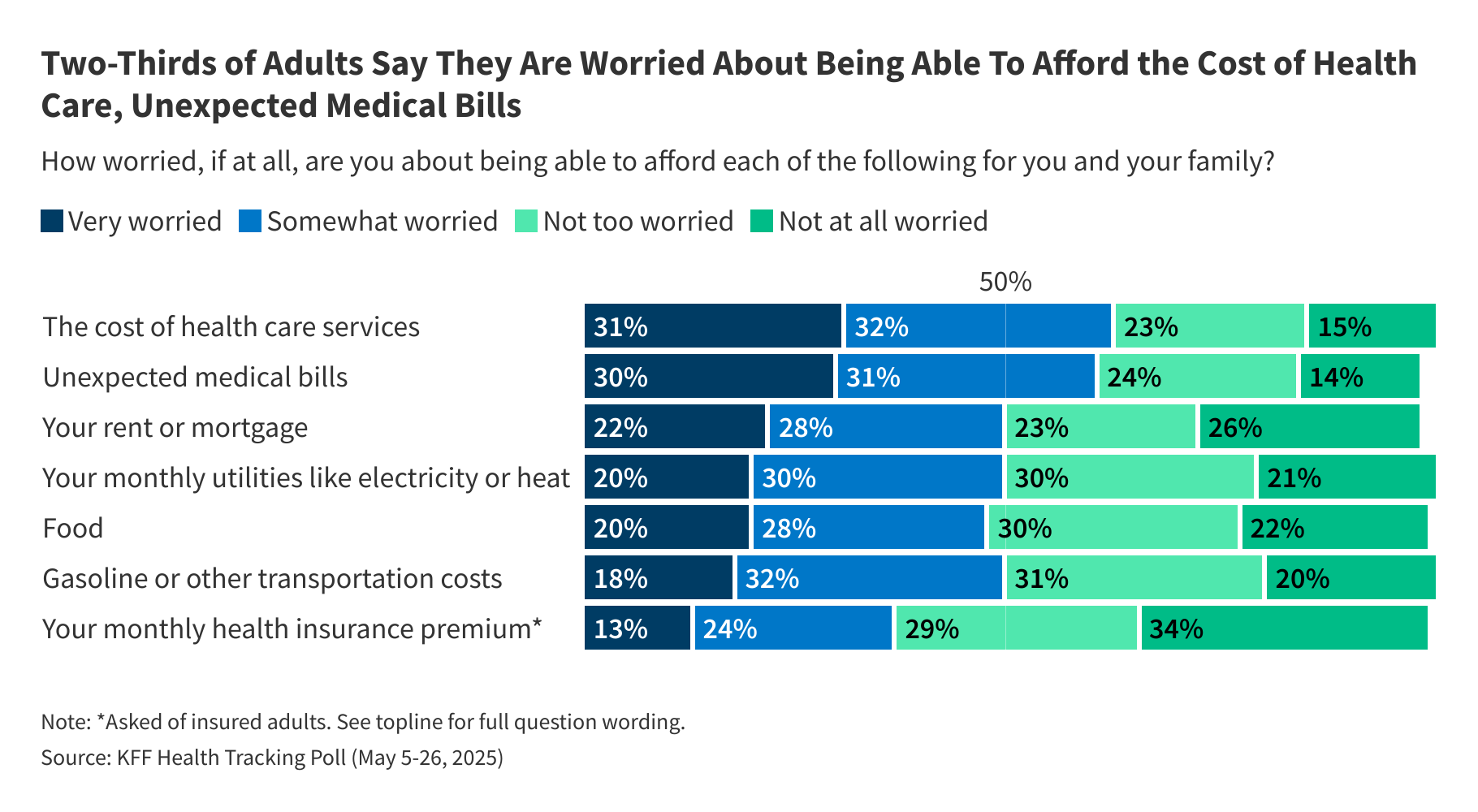As artificial intelligence makes inroads in healthcare, one health tech company is focused on automating health system operations to increase hospitals’ bed capacity and reduce length of stay. Qventus says its AI solution is helping healthcare facilities save hundreds of thousands of dollars in excess patient days.
The solution provider launched on Thursday the third generation of its solution, which has been tested as a beta version at Columbus, Ohio-based Ohio Health for the last year.
Phase one of the tech launched in late March 2024, and phase two launched in June. In the first month of deployment, the health system saved nearly $500,000. To date, the health system has saved nearly $1.7 million.
Qventus developed technology that automates care operations in both OR and inpatient settings. Its platform leverages generative AI, machine learning and behavioral science to predict operational bottlenecks, recommend remedies and automate processes. In March 2022, the company snagged a $50 million growth investment to roll out its tech in more hospitals and health systems.
Qventus’ Q hospital inpatient solution provides recommendations to care teams to increase efficiency of the patient discharge process, which is often mired in preventable hold-ups and lack of team coordination. Qventus also has perioperative, command center and emergency department solutions.
“Patients [require] a lot of coordination as they get closer to the end of their stay before they leave the hospital,” Mudit Garg, co-founder and CEO of Qventus, told Fierce Healthcare. “And that coordination is complex. There’s many different pieces required, skilled nursing facility, physical therapy, MRI has been done, all of those pieces that need to get coordinated.”
With the labor shortages during the COVID-19 pandemic, Garg said hospitals’ traditional way of coordinating end-of-stay care, usually a standup meeting, wasn’t working for care teams.
Scott Estep, system vice president of nursing operations and capacity management at Ohio Health, said that even when the health system was trying to increase efficiency on its own, the problem was too large of an issue. They needed an outside partner.
“Working on throughput has been a journey of several, several years,” Estep said. “You know, it’s a problem that has persisted, not only in Ohio Health, but in healthcare in general. And you know, healthcare is complicated. Patients are complicated. No one patient is the same. When you’re looking at a large, complex health system like Ohio Health, eight plus hospitals, 35,000 associates, there’s a lot of moving pieces and parts, and it’s a matter of logistics.”
There are approximately 34 million patient excess days each year, according to Qventus. Qventus’ third-generation AI solution helps coordinate end-of-stay care and fully integrates with the care team’s electronic health record. The newest version of the solution can also automate nearly twice as many decisions as previous generations of the technology could, Garg said.
“We saw a series of relatively consistent practices, not entirely surprising, by the way, where patients who early on had a plan … the more that plan was kept up to date and accurate, the better. It also showed that the more you actively managed barriers to that plan, the better you would be,” Garg said.
Through Q’s prompting, staff can get started on a patient’s precertification process for a skilled nursing facility, coordinate transportation for the patient to be able to leave the hospital, or get them bumped up on the MRI list—which they need before they go home—to be able to free up a hospital inpatient bed.
The model also learns over time about community resource availability, such as the number of patients who are able to be placed in a skilled nursing facility, and can make recommendations based on its additional lessons.
Clinicians are able to disagree with and override Q’s recommendations, and physicians get the final say in the patient’s release.
“Ultimately, our care teams, our providers and our nurses still make decisions,” Estep said. “They still have the ability to override … They can change what we call the estimated date of discharge, which we require all of our providers to document. Or they can say, ‘You know what, I think I can beat Q, regardless, Q is going to be in the background, learning, and so over time, let’s just say we continually beat Q. Q is going to start to get better and learn.’”
Phoenix-based Banner Health, one of the largest nonprofit healthcare systems with 132 operating rooms across its network, is working with Qventus to deploy its perioperative solution to maximize OR access.
Publisher: Source link









